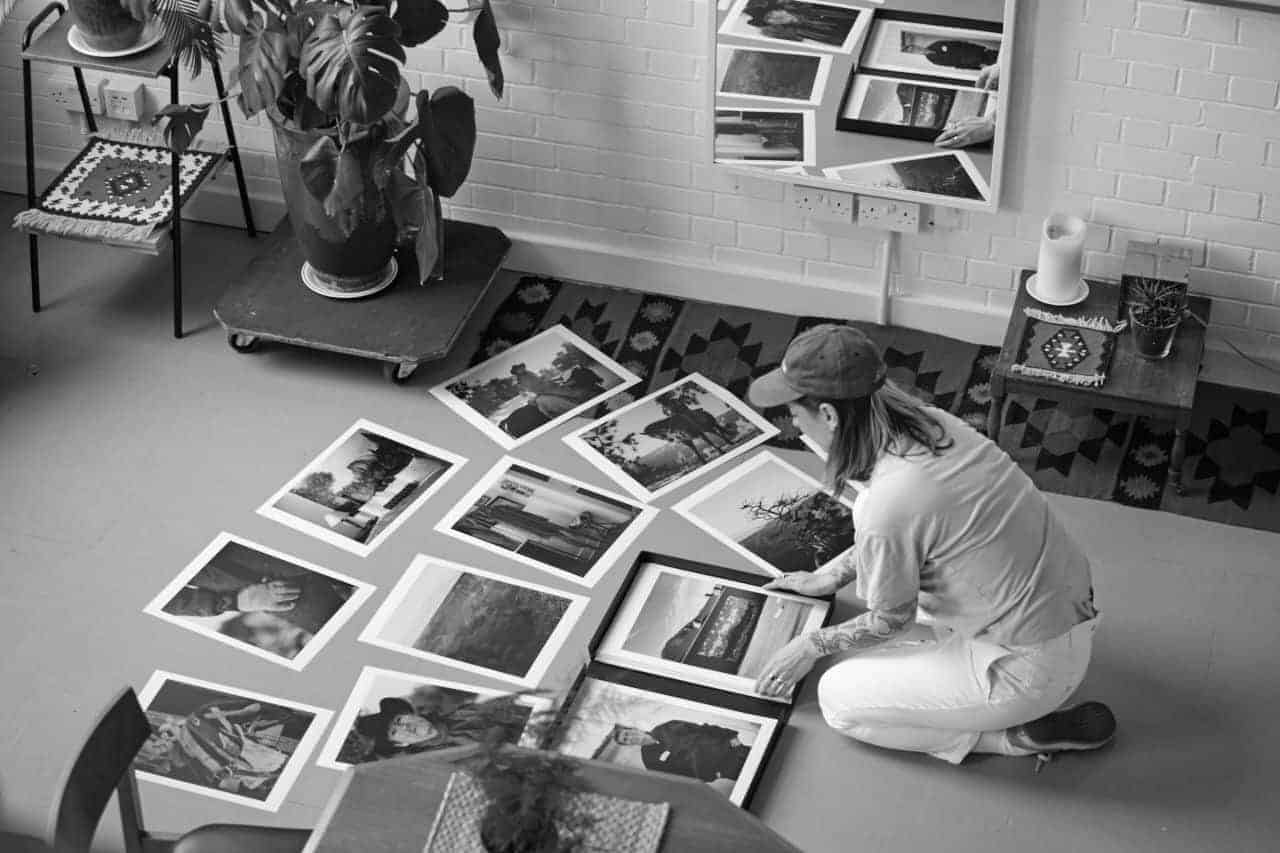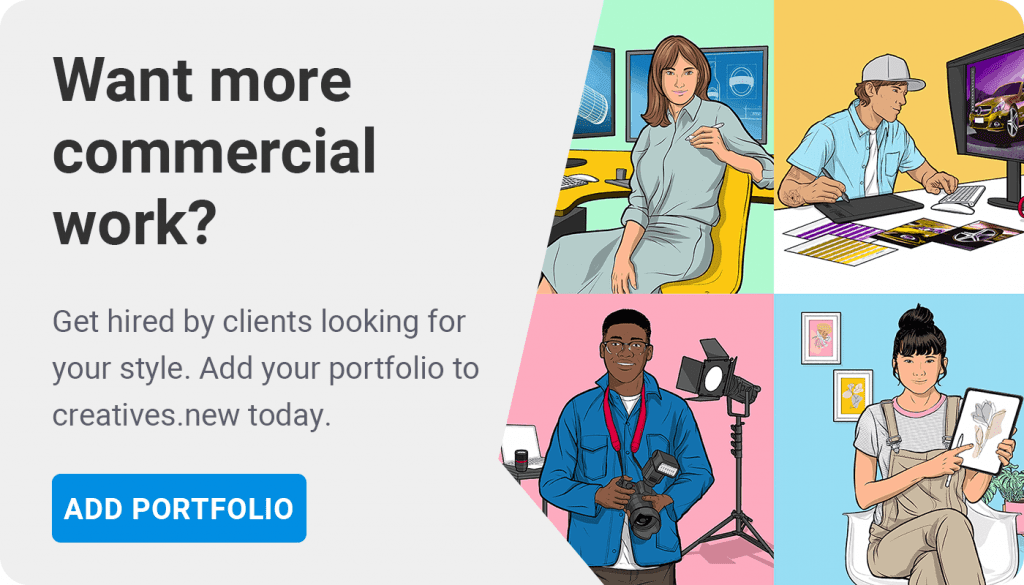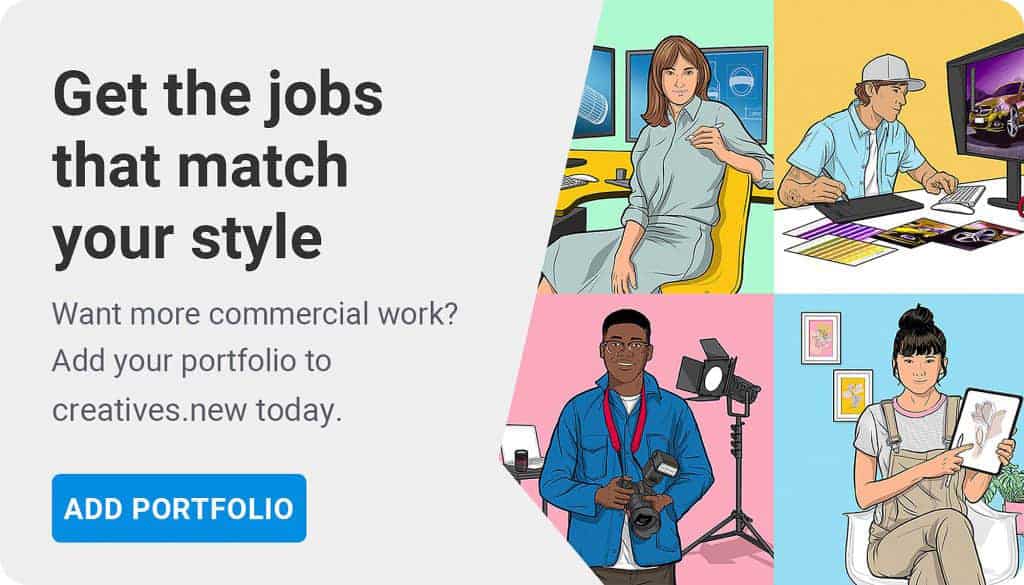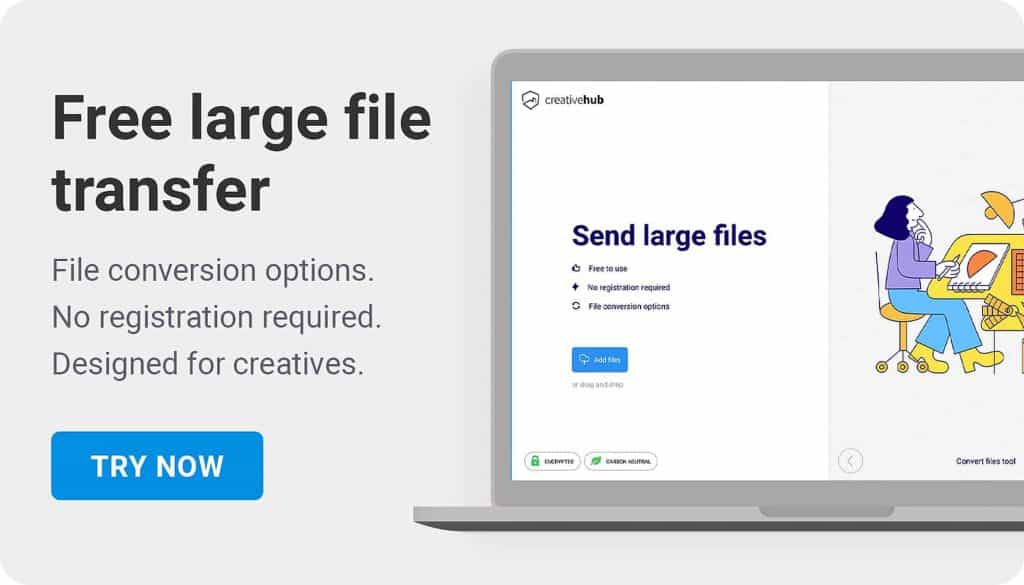Lola Paprocka / Palm*
Lola Paprocka is the founder of Palm Studios, a platform that promotes photographers, produces exhibitions and since 2015, it has its own publishing house called Palm*. She is also a London based photographer and curator that was involved in the curation of Independent Photography Festival in London, Palm* Photo Prize as well as numerous book launches and solo exhibitions.
What do you look for when choosing a new project to publish?
It could be a project you have been working on for years but it could be something you have been doing for just a few months, it doesn’t really matter. I think a lot of people get hung up on thinking it has to be something which culminates say 20 years of work but ultimately it comes down to the idea. I think because I am a self-taught photographer and publisher, and everything I do comes from a DIY mentality, I rely on my intuition, so it could be a number of things that draws me to a body of work.
I don’t really care if a photographer is well known or not. Some people write to me and I’ve never heard of them and I look at their work and it’s amazing, so I’ll do what I can to write back to them and feature them online because it doesn’t matter to me what moment of their career they are in. I’m not just looking for established or up and coming people, very often it’s students which bring something new to the table.
It’s similar to the books I publish, it’s really a combination of things based on my intuition. So it may be the idea that grabs me or if after meeting someone in person they tell me something which adds a new depth to how I perceive that work. It’s really a combination of things rather than any one thing specifically.
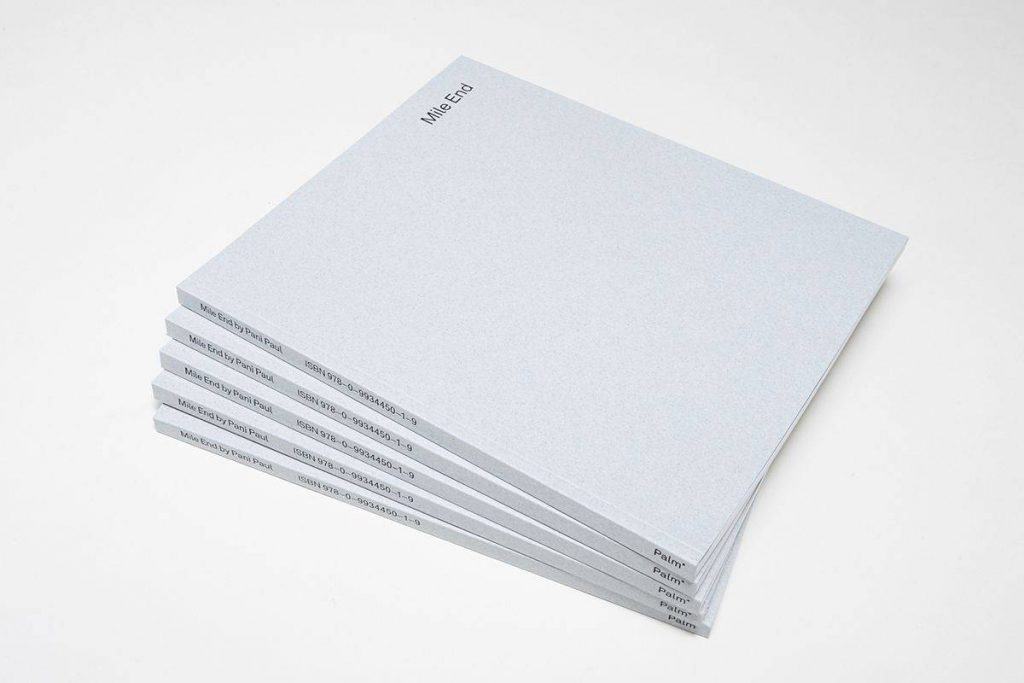
How do you know when a project is ready to be published?
Making a book doesn’t necessarily mean you have to stop shooting that subject matter, but for me I get extremely obsessed with things and when I feel I can’t bring anything else to the table with that particular subject, or I feel I have pushed it or thought about it from every angle then that is an indication that maybe it’s ready.
It can be tricky because we are wired to always be thinking there is the possibility you could get a better image but sometimes it’s good to give yourself a deadline. What I think is really important which I don’t think a lot of people do is to show your work to a non-photographer or someone who is not a visual artist. Someone outside your field, who you respect and you know will be honest with you because they can look past what we see as visual artists and give great insight into what it makes them feel. This outside perspective can really help change your edit in a new way.
What does your editing/sequencing process look like?
I mean for me the fun part of the process is collaborating with others and playing with their work. So, for example, the new book which we have been printing in Poland this week is by Molly Matalon, she’s based in New York but comes to London quite a bit so we’d print out all her work and spend a few days editing it together. It’s a long process which we space out and revisit over time, perhaps moving things around and making new selections each time. It’s important not to rush it.
Practically this means printing all the images out, small prints so you can view them together. Then it’s a case of working through them, and I tend to pull out the ones I think work together and group them in little bundles of 3 or 4. Maybe I like the story between them or is aesthetic or something I can’t explain. So I’m separating chunks of the work looking at what images can run next to each other, then thinking what is missing? What can I put between them to link them? That develops until I have one line of images, thinking of it as a story, as a book would run.
I think it’s always better to have a smaller, tighter edit, which can be hard when you have been working on a project for so long because you want to show as much as possible. Equally important is the space between the work, for example, if there are two images next to each other and they are both really strong, they almost suck the energy from each other. So you look at one then the other, but if there was some space between them I think you’d probably appreciate them a little more in their own right. It’s similar when you visit 2 or 3 exhibitions in a day, by the second or third your brain stops taking it all in. It doesn’t matter how amazing the show is, you have overdone it. I feel like that about the books too. Tight edits with space for the work to breath is really important.
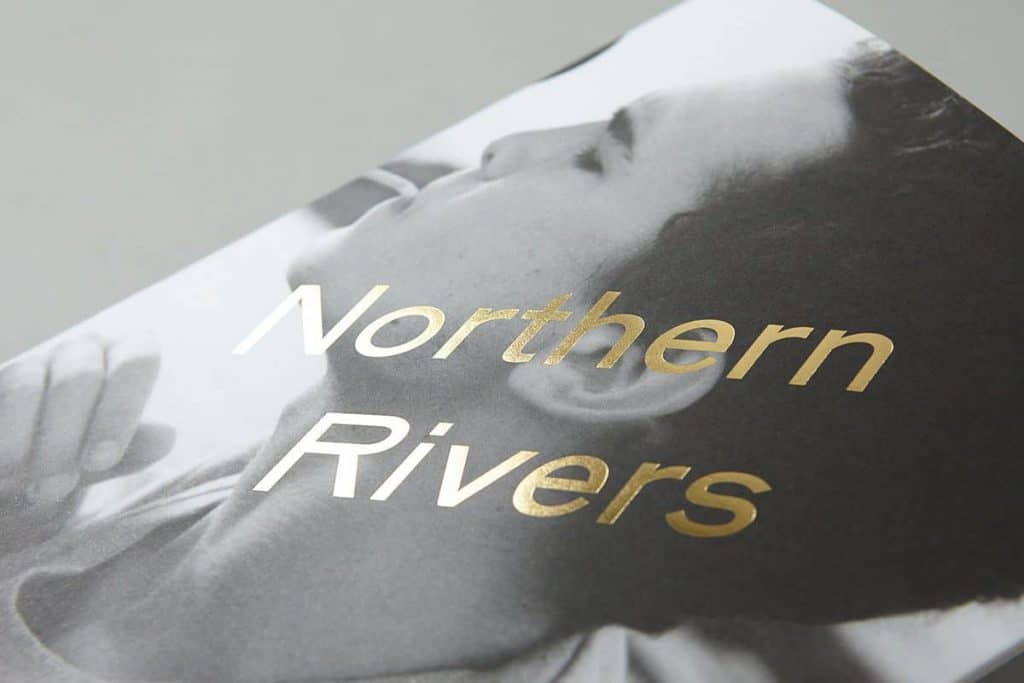
How long does it take you to create and publish a book?
I think each book takes about a year for me from start to finish. I mean I understand if you have an exhibition planned you have to work to deadlines, but I try to avoid constraining myself and first focus on getting the book finished then think about where to show it and how to promote it and all that kind of stuff.
Trying to get a freelance designer, freelance curator, freelance writer and freelance photographer together to work on the same project is pretty hard (laughs) so you have to be flexible and not put massive pressure on that time because it doesn’t benefit the project. At the end of the day book projects are not seasonal, it’s not to coincide with fashion week etc it’s refreshing to release a book based on when it’s ready, which can be a slow process.
Can you give some advice on self-publishing and financing book projects?
The number one thing is you have to do a lot of research. Research what you like and what you want to do. As a starting point, you can look at printing digitally, and that’s what I did for my first zines. That’s also really cost-effective as you can make like 50 or 100 copies relatively cheaply. Also if you are looking to test something out you can make a newspaper which for some projects can be really beautiful.
A lot of people make dummy books too, I have never done it. If you want to print Litho then you need to be looking at 300-500 at least. .A lot of places won’t even consider printing it below this as there is just too much waste. I would also recommend to do a wet proof for each book project
The most important thing though is research as there are so many little things that can be missed. If you are a book lover, pull out your favourites and use them to help make your choices. Self-publishing is about getting dirty with work and really look into options, I definitely learned a lot from each project and each mistake haha
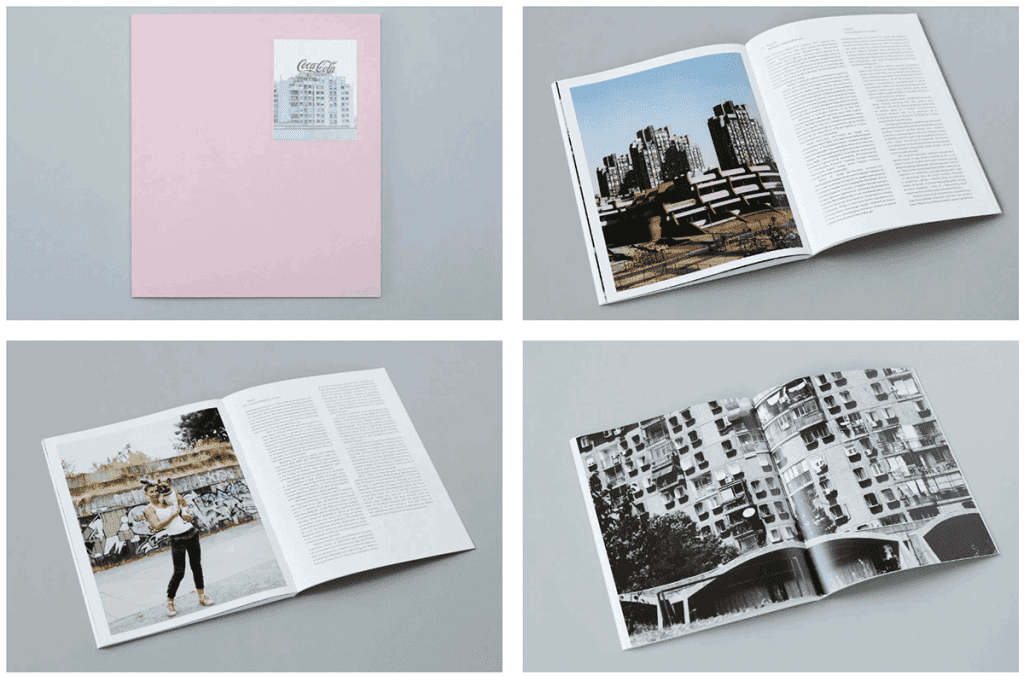
What’s the most valuable lesson you have learnt in your time publishing?
Making books and working on books has really helped me with my photography personally. Talking from a photographer perspective, I think it showed me what I am actually most interested in and how I can make work with that in mind. It gives me perspective, the same you get when producing work for an exhibition, those ways of showing where you are physically producing stuff really change how you approach your own practice.
I think we are so used to showing work on Instagram and online which can be flat if that makes sense. Don’t take me wrong I love every single medium but I think when you make a book you really learn what you think is good and how you can make it better. I think that’s also to do with the fact that you often work with curators and other people on book projects which pushes you to see things in new ways. Creating something start to finish, which is difficult, is really healthy for your progression and your ego as an artist.
Why are photo books worth doing? How do they have the potential to progress a career?
They are a statement on what you are all about. This is not a commercial or editorial space where you have been given 5 or 6 ingredients to work with, or been asked to work with this brand/model and work in that location etc A book starts from nothing and is totally up to you how you develop and present your idea.
Even from the perspective of pitching for commercial jobs, you know if you present your book at a meeting you are showing that person your vision, what you are able to create without being given a brief or an idea. It shows the level of commitment you have put into your work that goes beyond a set of great images and a lot of editors/art directors will really react to that.
Very often the work Pani and I get will be on the back of people seeing our books and personal projects. I think people respond to authenticity. It shows real dedication to your career as it’s not an easy task. I think making a book is an investment in yourself and no matter your goal, if that’s to be represented by a gallery or getting an agent, making a book is your “very expensive” business card

@palmstudios
palmstudios.co.uk
